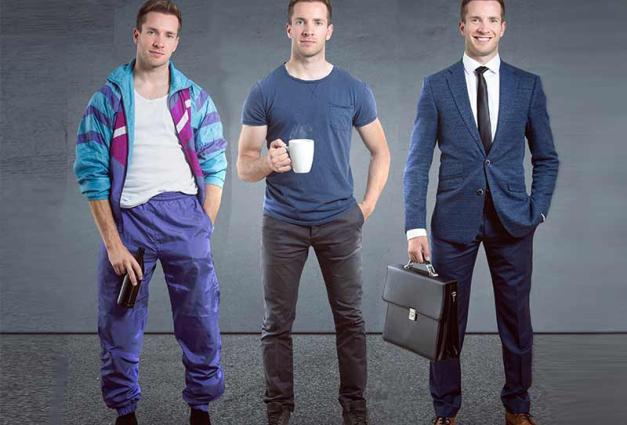There is a name for this enjoyable state of effortless engagement—it is called flow. While flow is relatively rare, the great news for you is that research is revealing what exactly flow is and the keys to experiencing it more often.
You can find references to flow all over the popular press and the media but it is depicted in a romanticized and exaggerated way. For example, movies, TV shows, books, and sports broadcasters often depict flow as a state of “being in the zone” that makes it seem attainable only by the most elite professional athletes like Michael Jordan, Kobe Bryant, or Tiger Woods, who use it to reach unprecedented levels of performance. The movie franchise Star Wars takes flow’s relationship with performance a step further in the form of the “force”—something that you can tap into only after years of training and in which you have full concentration and increased awareness that gives you full control over your surroundings.
While depicting flow in this way makes for great entertainment and appealing stories, it unfortunately leaves flow being perceived as a largely unattainable, mysterious, and supernatural state. Flow is thus rendered something that happens seemingly by luck for everyday people like you and me. When it happens, you are happy that you got to experience it for that short time and you just hope it happens again. However, that is not the case.
Actually, Flow Is Attainable
People can experience flow in their everyday life and there are ways that you can help yourself find flow more often. There is mounting evidence for flow in shorter, less intense forms called microflow. You can experience the enjoyable and effortless engagement of flow in everyday tasks like work, leisure, and even conversation.
Importantly, these activities do not have to involve a great deal of physical activity. Digital technology is proving highly conducive to flow, as it provides seamless and engaging experiences that captivate users for hours on end. As a recent example, the puzzle game Wordle provides the potential for flow, having people fully immersed in an enjoyable experience that (sometimes) goes very well for them and provides feelings of mastery. Importantly, these shorter flow states still have the same benefits for enjoyment, well-being, and performance as their traditional deep flow counterparts, just not as powerful.
When the concept of flow was introduced back in the 1970s, it was described in terms of how it felt to be in it, which included nine different experiences. These included the merging of action and awareness, feelings of total control, full concentration, and distorted time perception.
I believe that this description of flow actually contributed to its mysterious perception—it remained something that you somewhat understood as you could relate to the feelings, but you still could not quite put your finger on what exactly flow was.
Until now.
Our recent research has revealed that the multitude of nine different experiences can be explained by two underlying dimensions--absorption and fluency.
- Absorption is based on having sustained full attention. For example, the distorted perception of time and the merging of action and awareness are the result of paying full attention to something for an extended period of time.
- Fluency is based on the mastery and control felt when making continuous progress and is described by people as things happening naturally and on their own, or on autopilot.
Taken together, flow can be described as a state in which someone is fully absorbed in what they are doing and it is perceived to be going fluently. Clarifying these two dimensions provides the key to understanding how to enter flow more often. Anything that helps you sustain full attention or can make an experience seem fluent would enhance your ability to experience flow.
Mindfulness practices can help out, because they can enhance your ability to become absorbed and perhaps more importantly, stay absorbed. You will be more resistant to distractions and more able to sustain flow, not being pulled away by things in the environment.
Some people might find attaining flow easier than others. For example, some of our recent research has shown that people who are curious and are more open to experience are more likely to experience flow when playing augmented reality games and listening to new music. Their desire for new information helps them get more absorbed in the experience, and new information is met without resistance. Thus it is more enjoyable, which makes it feel more fluent.
The understanding of flow as the combination of absorption and fluency has opened the door to a fruitful stream of new research that will help people experience flow more often. I will be back with more highlights from that research including some of my own soon. Stay tuned.
For Further Reading
Lavoie, R., Main, K., & Stuart-Edwards A. (2022). Flow theory: Advancing the two-dimensional conceptualization. Motivation and Emotion, 46(1), 38-58. https://doi.org/10.1007/s11031-021-09911-4
Lavoie, R., & Main, K. (2019). Consumer microflow experiences. Psychology & Marketing, November (36), 1133- 1142. https://doi.org/10.1002/mar.21262
Raymond Lavoie is an assistant professor of Marketing at Merrimack College in Massachusetts. He primarily studies flow, including the things that give rise to it and the consequences that it has for companies and consumers.




